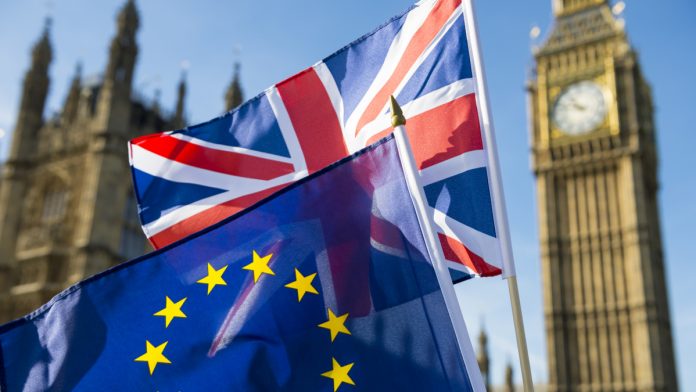The pound dropped versus the euro in the first part of the previous week, only to rebound later on in the same week. The pound euro exchange rate finished the week flat at €1.1234. The pound is moving lower versus the euro in early trade on Monday.
The pound slumped across the beginning of the previous week after data showed that the UK’s manufacturing sector, construction sector and service sector all slipped further into contraction. The dismal PMI figures suggest that the UK is almost certainly heading for a contraction in the third quarter. The British economy contracted -0.2% in the second quarter; two consecutive quarters of contraction would mean the UK is in recession. The weak data weighed on the value of the pound.
The mood towards the pound picked up towards the end of last week after Prime Minister Boris Johnson revealed his final Brexit offer to the European Union. However, whilst pound traders brought into Boris Johnson’s optimism, the leaders of the European Union haven’t. By the weekend the pound was under pressure once more as EU leaders gave the proposals a lukewarm reaction.
The pound is falling at the start of the week as Brexit optimism fades. The PM’s plans have been rejected as unworkable. UK must review its plans before the upcoming EU Summit. EU Chief negotiator Michel Barmier will assess at the end of this week whether a deal is possible. Meanwhile Boris Johnson is doubling down on his no deal Brexit rhetoric leaving little for pound investors to cheer.
| Why is a “soft” Brexit better for sterling than a “hard” Brexit? |
| A soft Brexit implies anything less than UK’s complete withdrawal from the EU. For example, it could mean the UK retains some form of membership to the European Union single market in exchange for some free movement of people, i.e. immigration. This is considered more positive than a “hard” Brexit, which is a full severance from the EU. The reason “soft” is considered more pound-friendly is because the economic impact would be lower. If there is less negative impact on the economy, foreign investors will continue to invest in the UK. As investment requires local currency, this increased demand for the pound then boosts its value. |
Concerns Over German Manufacturing Remain
The euro was subdued at the start of the previous week as German and eurozone inflation dropped further away from the European Central Bank’s (ECB) 2% target, proving that low inflation remains a headache for the central bank. German manufacturing also slipped deeper into contraction as it continues to feel the impact of the ongoing US — Sino trade dispute and slowing global demand.
However, figures later in the week, showed that the slump in manufacturing hadn’t spilled over into the consumer sector. Retail sales figures showed that consumers were still appending well which buoyed the euro.
Today the euro is broadly out of favour as figures showed that German factory orders slumped a huge 6.7% year on year in August. The weak data supports the move by the ECB to ease monetary policy last month. Today’s weak data will force investors to reassess the probability of further another rate cut.
| Why do interest rate cuts drag on a currency’s value? |
| Interest rates are key to understanding exchange rate movements. Those who have large sums of money to invest want the highest return on their investments. Lower interest rate environments tend to offer lower yields. So, if the interest rate or at least the interest rate expectation of a country is relatively lower compared to another, then foreign investors look to pull their capital out and invest elsewhere. Large corporations and investors sell out of local currency to invest elsewhere. More local currency is available as the demand of that currency declines, dragging the value lower. |
| What do these figures mean? |
| When measuring the value of a pair of currencies, one set equals 1 unit and the other shows the current equivalent. As the market moves, the amount will vary from minute to minute.
For example, it could be written: 1 GBP = 1.13990 EUR Here, £1 is equivalent to approximately €1.14. This specifically measures the pound’s worth against the euro. If the euro amount increases in this pairing, it’s positive for the pound. Or, if you were looking at it the other way around: 1 EUR = 0.87271 GBP In this example, €1 is equivalent to approximately £0.87. This measures the euro’s worth versus the British pound. If the sterling number gets larger, it’s good news for the euro. |





